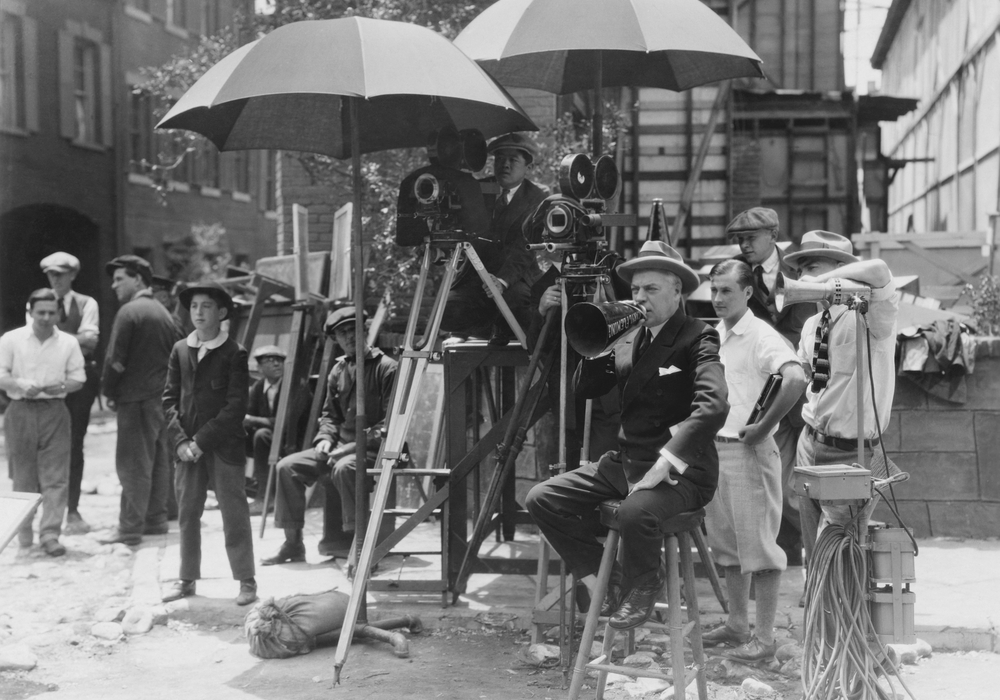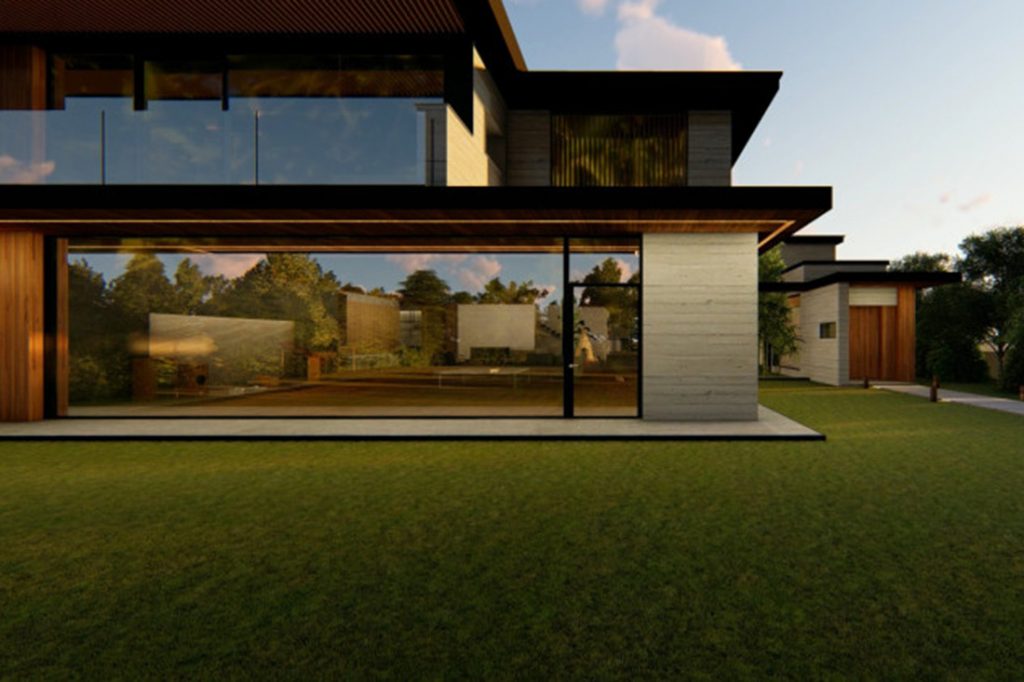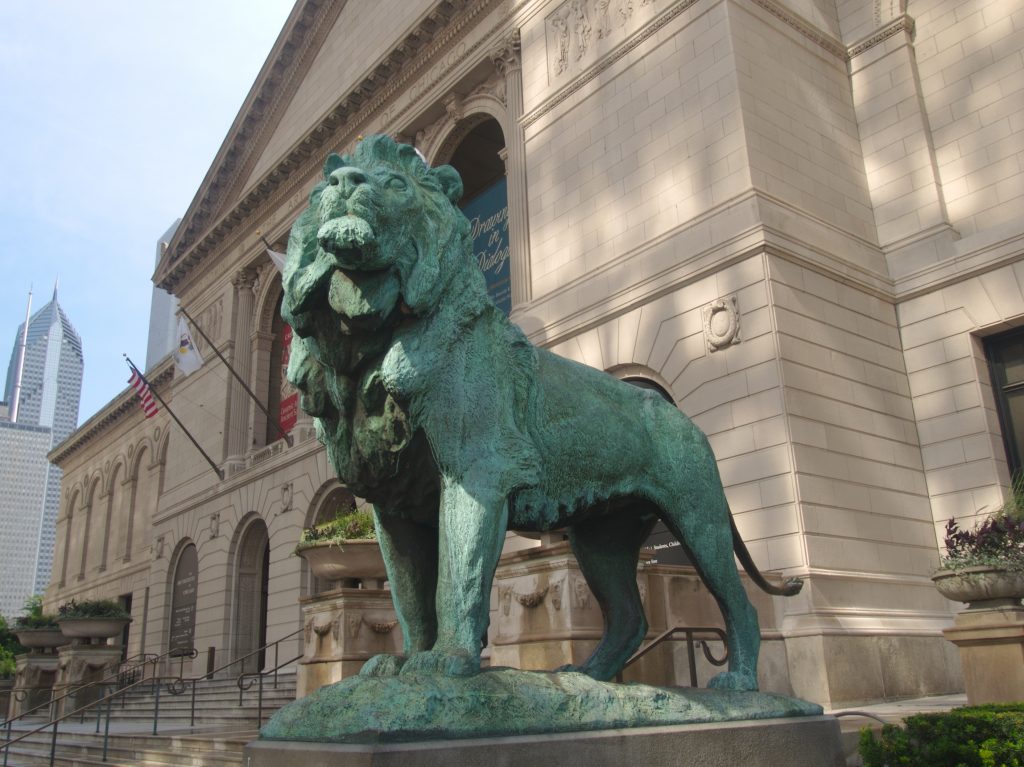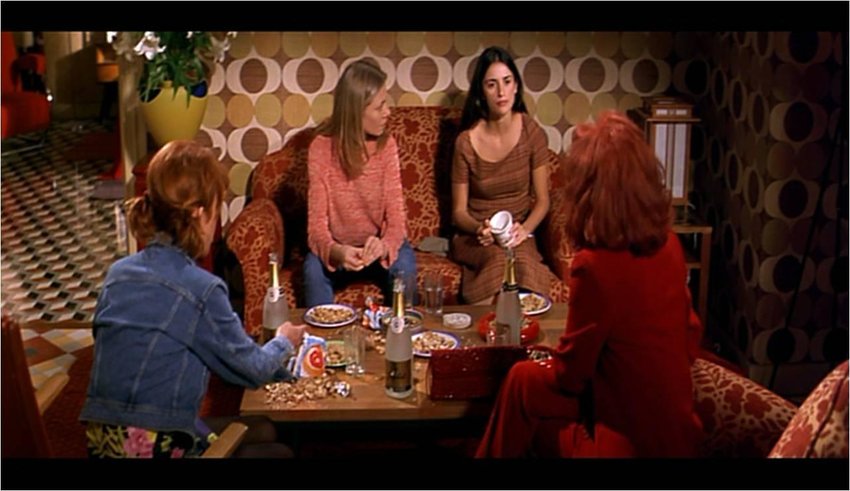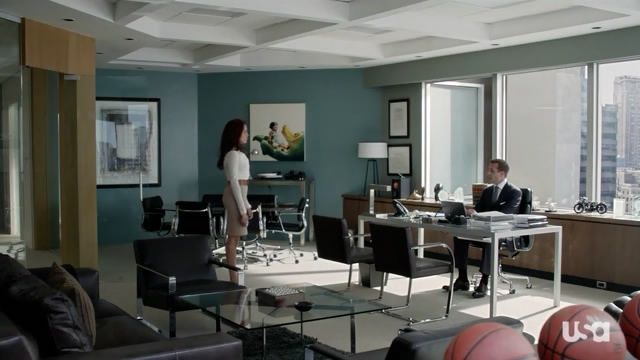Estimated reading time: 4 min
Architecture and Film
Have you ever been watching a film and found yourself thinking about the setting long after the credits have rolled? Architecture often plays a vital role in film, in establishing an aesthetic such as in Blade Runner (1982) or Black Panther (2018), in narrating a scene as with Baby Driver (2017) or Playtime (1967) or as a feature integral to the plot such as in Parasite (2019) or Knives Out (2019).
Both cinema and architecture are art forms that emerge from the collaborative efforts of artists, tradespeople and extended teams of specialists. In both, no feature exists by accident, but is instead carefully considered and placed with specific intention. It is then unsurprising that the two artistic disciplines are so closely intertwined.
We decided to ask some of our architects what movie-architecture left a lasting impression on them.
Mohamed Essam | Chief Technology Officer | RMJM Dubai:
Mr Park’s House from the astonishing, Oscar-winning Korean movie, Parasite. The villa was a symbolic character that contributed strongly to telling the story and expressing thoughts and feelings. Designed by a fictional architect named Namgoong Hyeonja, the real mastermind behind the villa was Lee Ha Jun, the movie’s production designer. Given the central role of architecture in the film, Lee tried to approach the set design more like an architect than a designer and subsequently chose to physically construct the first floor and garden of the villa for a more authentic feel to the property.
Nina Mendes | Architect | RMJM Brazil:
It’s not one building, but I love the portrayal of Chicago in the movie Ferris Bueller’s Day Off. The city seems to take on its own character during the film, enabling and contributing to Ferris and co’s ‘day off’. It is so much fun to see the city as it was nearly 40 years ago and see what has changed and what has remained so quintessentially ‘Chicago’. Millenium Park and The Bean didn’t exist when Ferris Beuller was filmed, whereas landmarks such as the Willis Tower are as prominent in the city skyline today as they were in the eighties.
Marija Krsmanovic Stringheta | Architect | RMJM Dubai:
When I thought about my favourite buildings, I actually thought of interiors. I love Pedro Almodovar’s movies, his narrative, music, scenography, costumes. Everything blends so well together and supports the story. The interiors he creates are vivid, full of patterns, colours, textures, details and intensify the experience of the movies. A good example is All About My Mother, which uses heightened set design to sell the melodrama to the audience.
Zoran Sobic | Design Manager | RMJM Serbia:
I spent a while thinking about what movie/tv architecture had left a lasting impression on me before answering this question. While there are a few that come to mind, the most recent comes from the TV show Suits. The office space used for scenes inside the law firm isn’t necessarily special, or even my favourite building in the history of film/television but it does capture the energy and ambience of the law firm. Plus the architect in me cannot ignore how incredible the panoramic views are. Perhaps it stands out because I’m jealous of the chance to work with that view every day!


